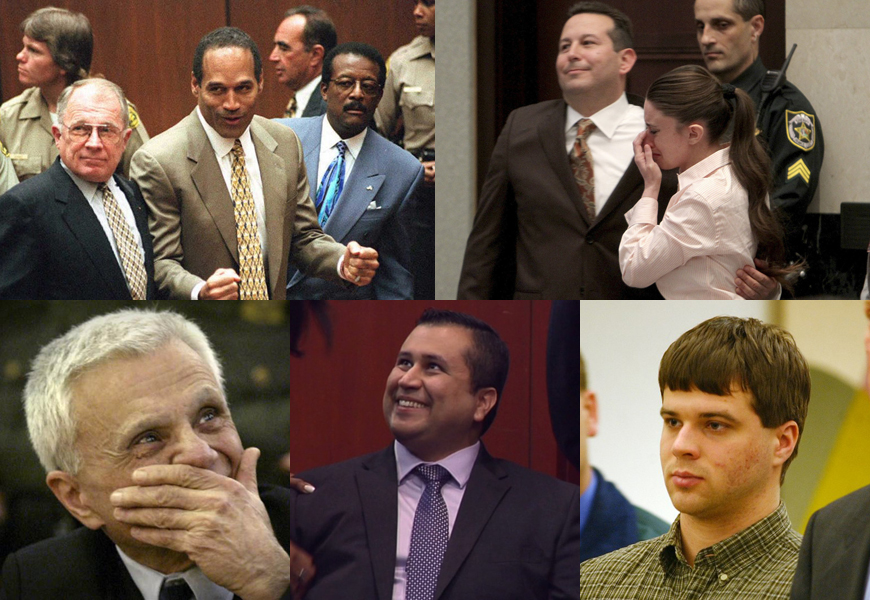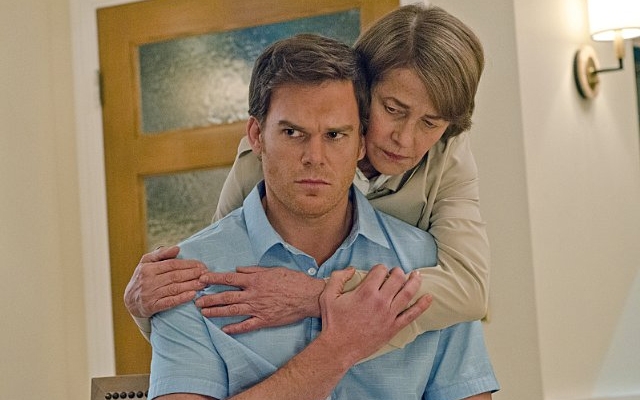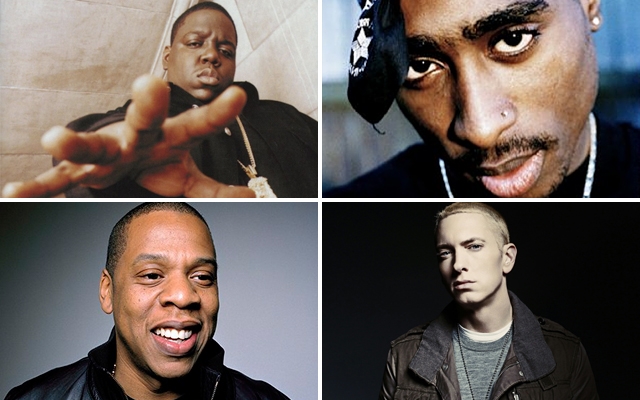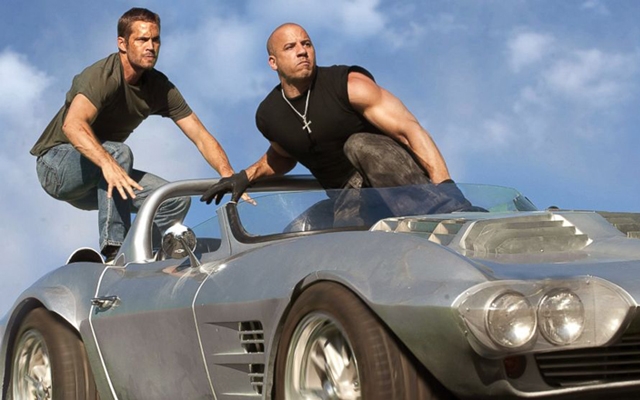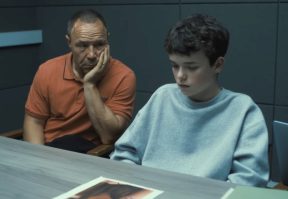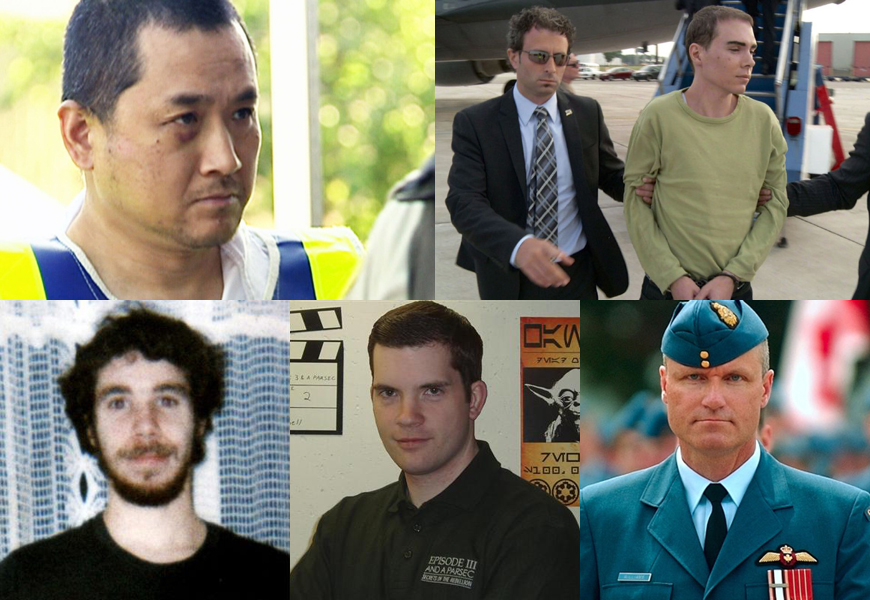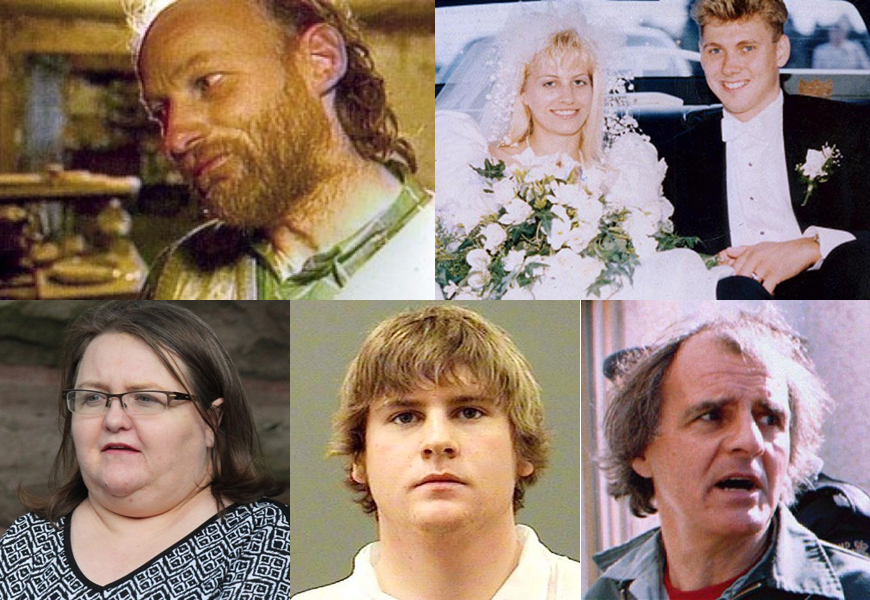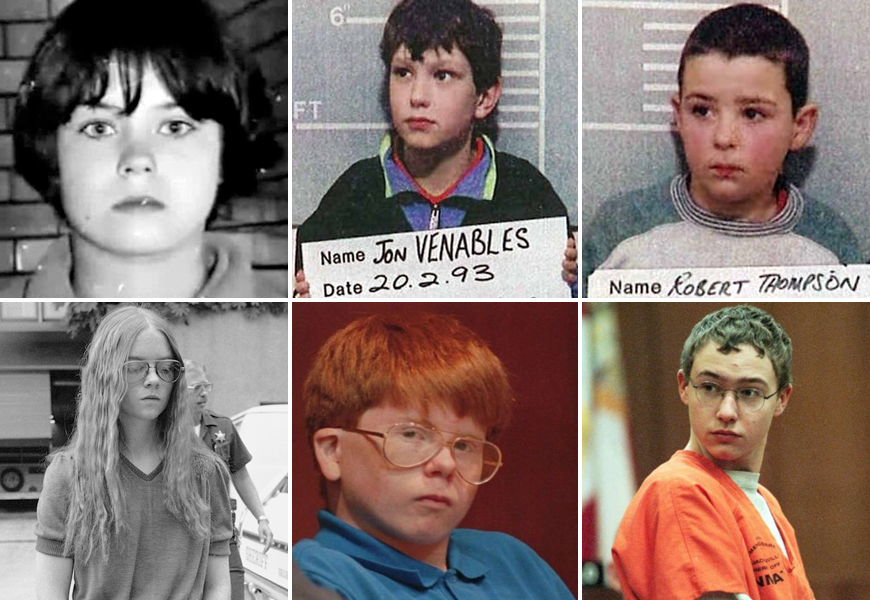Welcome to True Crime Tuesday where we review, recommend and generally obsess over everything crime-related.
The justice system is far from perfect and unfortunately, that means people get away with murder all the time. It’s not as if they planned the perfect crime—they were just able to exploit the right loopholes, say the right things, and convince the right people of their innocence. There’s a reason we’re supposed to consider everyone innocent until proven guilty. Sending someone to prison is a big deal and no one wants to be responsible for ruining an innocent person’s life.
The problem is, evidence can be interpreted. A story can be created to explain away something that should point to unquestionable guilt. Lawyers are there for their technical expertise, but they’re also there to present a narrative for the jury that caters to the result they are after: guilty or innocent. Sometimes it seems like a trial is less about the whole truth and more about who can concoct the most compelling, believable story for the jury. In the case of the following 5 people, they may have been acquitted for the crime they were accused of, but there is still some pretty compelling evidence that points directly at their guilt.
O.J. Simpson
On June 12, 1994, Nicole Brown Simpson and Ron Goldman were found stabbed to death outside Nicole’s home in Brentwood, California. Nicole’s estranged husband O.J. Simpson was a person of interest and was arrested on June 17 following a bizarre low-speed car chase that was such breaking news that TV stations interrupted the NBA finals to cover it. What followed was what has been called The Trial of the Century because of the international publicity surrounding the case. Simpson’s defense team, including Johnny Cochran and Robert Kardashian, built a case that touched on racial biases and discredited DNA evidence that should have proven Simpson’s guilt. Instead, the jury acquitted him of first degree murder and he was a free man.
Oscar-winning documentary O.J.: Made in America covers how the racial climate in L.A. at the time and O.J.’s reputation as an athlete contributed to his acquittal. Since the trial, a former friend of Simpson’s, Mike Gilbert, released a book called How I Helped O.J. Simpson Get Away with Murder that contains Simpson’s alleged confession. O.J. himself wrote a book called If I Did It: Confessions of the Killer that contains his “hypothetical confession”. Ron Goldman’s family was awarded the rights to the book as part of the settlement in their civil wrongful death lawsuit against Simpson. Although he was acquitted and Simpson insists If I Did It was not a confession, the majority of public opinion—and a civil lawsuit—say he is 100% guilty.
Casey Anthony
When 21-year-old Casey Anthony was arrested and charged for her 2-year-old daughter Caylee’s murder, there was no body and Casey was telling police that her daughter had been kidnapped a month earlier by someone she called “Zanny the nanny”. Caylee’s remains were found two months later and the prosecution decided to go after the death penalty. It was two years before the highly publicized trial started. Casey’s defense team claimed she was sexually abused by her father, and that Caylee had accidentally drowned and the Anthony family covered it up. The jury ended up finding Casey not guilty of first degree murder.
Public opinion of Casey’s guilt was no doubt encouraged by the extensive media coverage, in particular from the Nancy Grace show. Casey was portrayed as being a young mother who wanted to be rid of her responsibilities so she could party—and it didn’t help that it was a proven fact that Casey was a prolific liar with a skill for manipulating people. Since the trial, proof that Casey searched the term “foolproof suffocation” on her computer the day Caylee disappeared has come to light. Given all the evidence, the most widely believed theory is that Casey drugged Caylee and then put duct tape over her mouth and nose until she suffocated. Since Casey has been acquitted of her daughter’s murder, there’s no way she will ever have to face trial on the matter in the future.
Robert Blake
On May 4, 2001, actor Robert Blake took his wife Bonnie Lee Bakley out to dinner. While sitting in her husband’s car around the corner from the restaurant, she was shot in the head and killed. Almost a year later, Blake was arrested and charged with her murder. His longtime bodyguard Earle Caldwell was also arrested and charged with conspiracy in connection with the murder. A retired stuntman named Ronald “Duffy” Hambleton alleged that Blake had tried to hire him to kill Bakley and agreed to testify to that affect at trial.
Despite two different acquaintances taking the stand to claim Blake had tried to hire them to kill his wife, he was found not guilty of murder and conspiracy to commit murder because of a lack of direct evidence. He was later found liable for the wrongful death of Bakley in a civil suit and ordered to pay her three children $30 million. Ironically, one of Blake’s more prominent roles as an actor was his portrayal of Perry Smith, one of the Clutter family murderers, in the 1967 adaptation of In Cold Blood.
George Zimmerman
On February 26, 2012, George Zimmerman was the neighbourhood watch coordinator on duty in his gated community of The Retreat at Twin Lakes in Sanford, Florida. 17-year-old Trayvon Martin was there visiting relatives when he was involved in an altercation with Zimmerman and was fatally shot. Martin was unarmed. Zimmerman was arrested and questioned but released when the police could find no reason to believe he hadn’t acted in self defense. Under Florida’s Stand Your Ground statute, Zimmerman had a right to defend himself with lethal force.
The case made national headlines for the racially charged biases on the parts of the community, Zimmerman, and the police force. Whether Zimmerman had really acted in self defense or not was unclear, but he was still charged with second-degree murder. He was found not guilty, a verdict that sparked outrage in the African American community. Zimmerman’s acquittal inspired a Facebook post that included the phrase “black lives matter” which went on to become the name of the movement that focuses attention on racism and the violence against people of colour.
Isaac Turnbaugh
In 2004, 21-year-old Isaac Turnbaugh stood trial for the murder of his coworker 24-year-old Declan Lyons. Lyons was shot to death one day at work and authorities had no suspects until Turnbaugh allegedly told people at a party that he was responsible. At the party, he had been taking mushrooms and also confessed to taking part in the terrorist attacks of 9/11 and a number of other things. The fact that he was on drugs and having some sort of schizophrenia episode (and he has since been diagnosed with mental illness) at the time of his confession, and prosecutors couldn’t identify a motive led the jury to find Turnbaugh not guilty of murdering Lyons.
Not long after he was acquitted, Turnbaugh contacted police and allegedly confessed to killing Lyons. The only problem is, because of double jeopardy, he cannot be charged and tried again for the same crime he was already acquitted of. The Huffington Post reported that attorneys on either side disagree on the legitimacy of the confession. One one hand, Turnbaugh is mentally ill, but there is also possible evidence pointing towards his guilt. Either way, he’ll never go to prison for the murder of Lyons.

